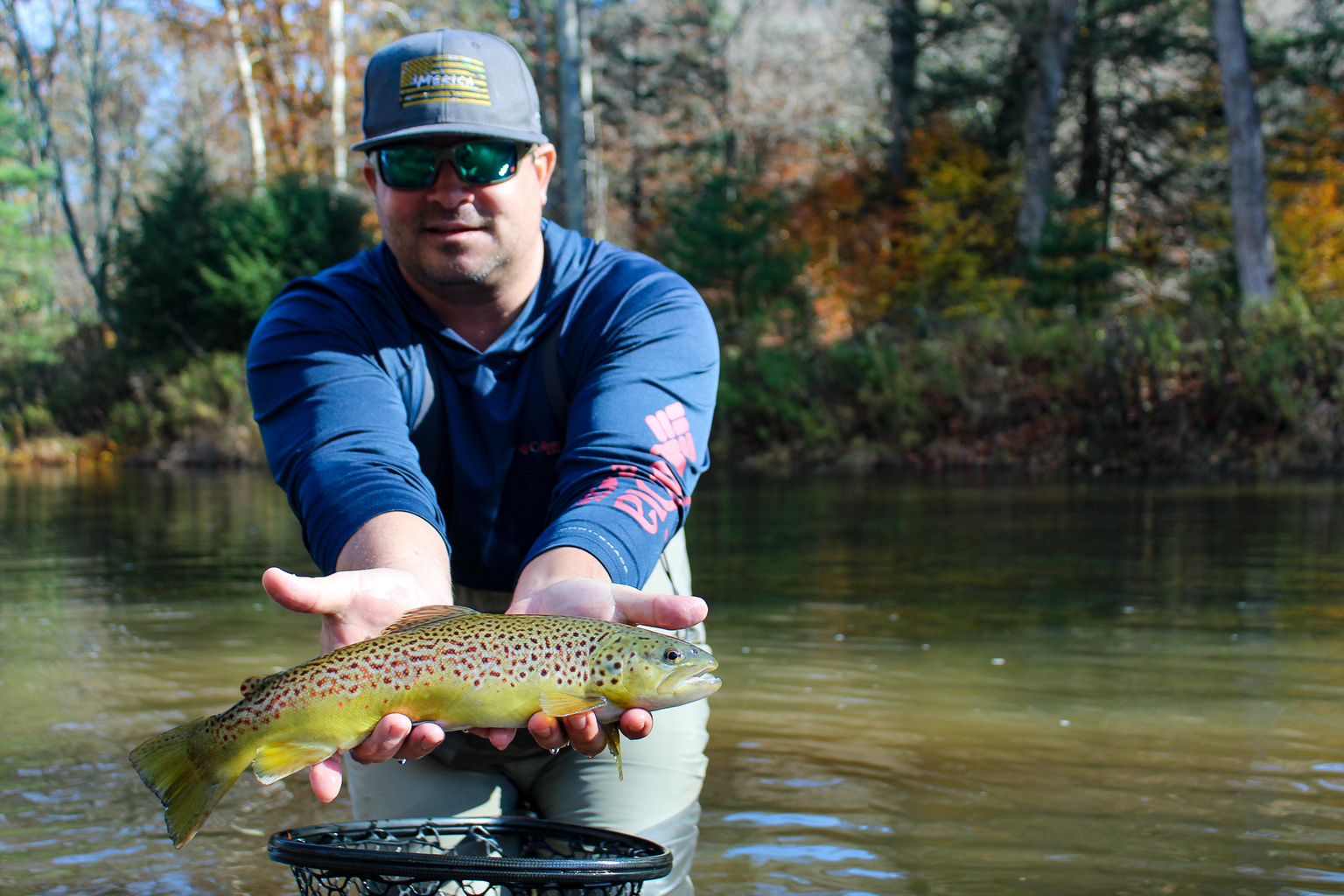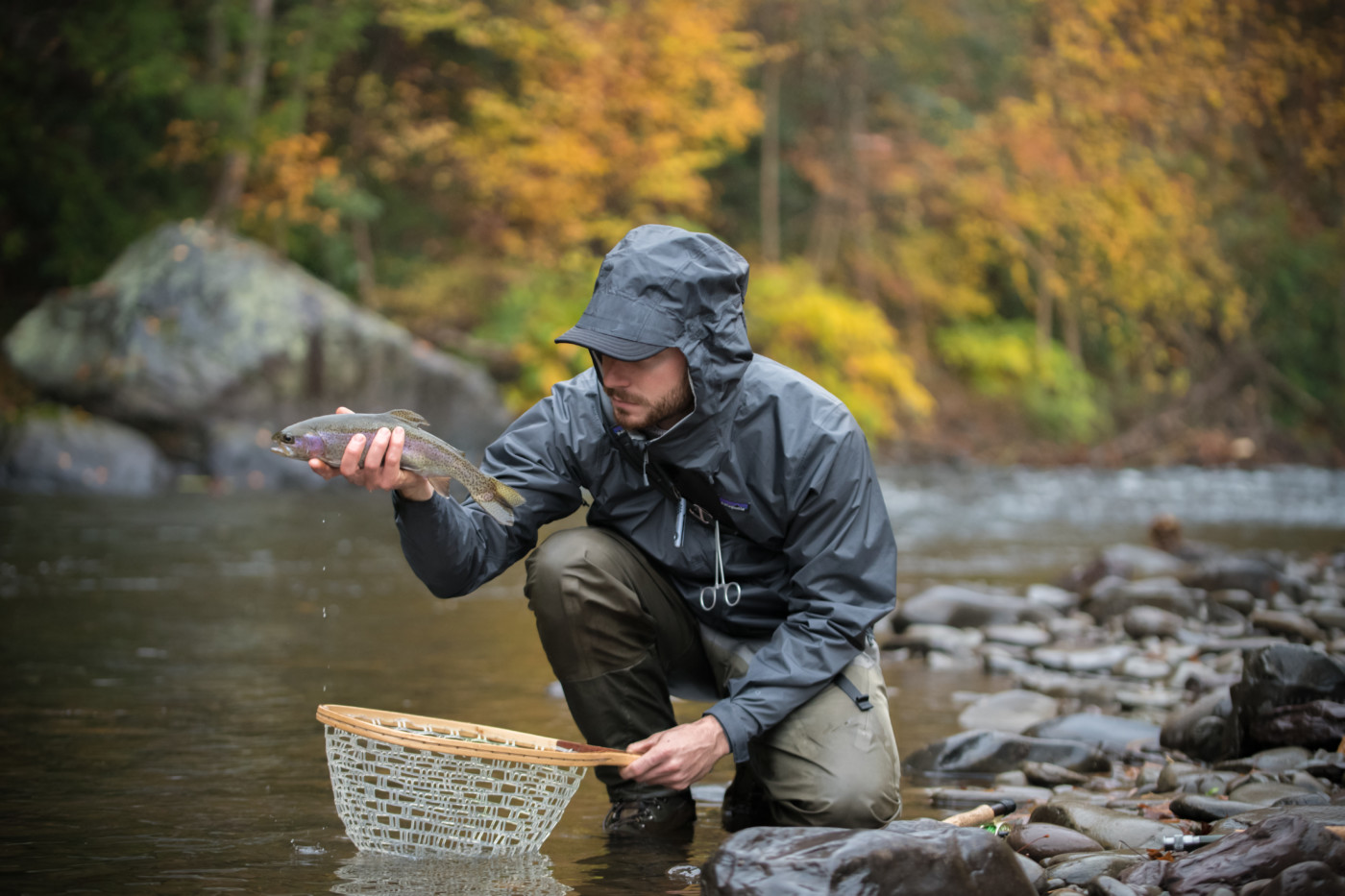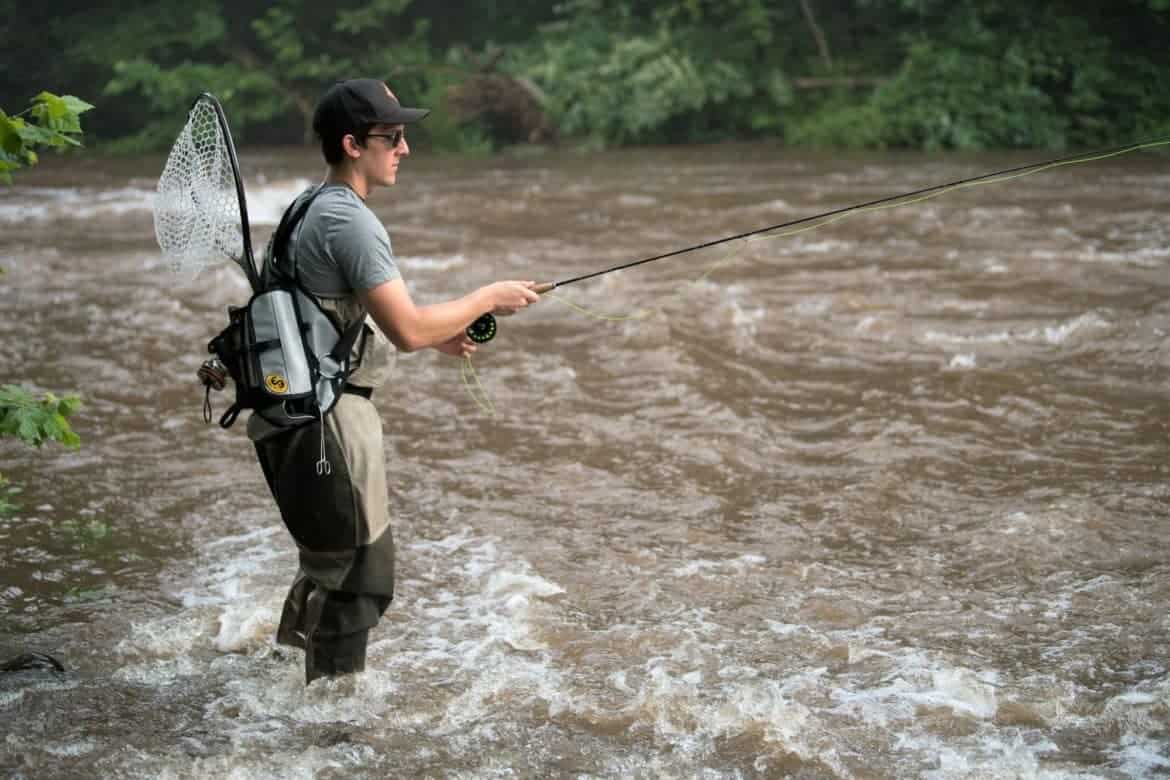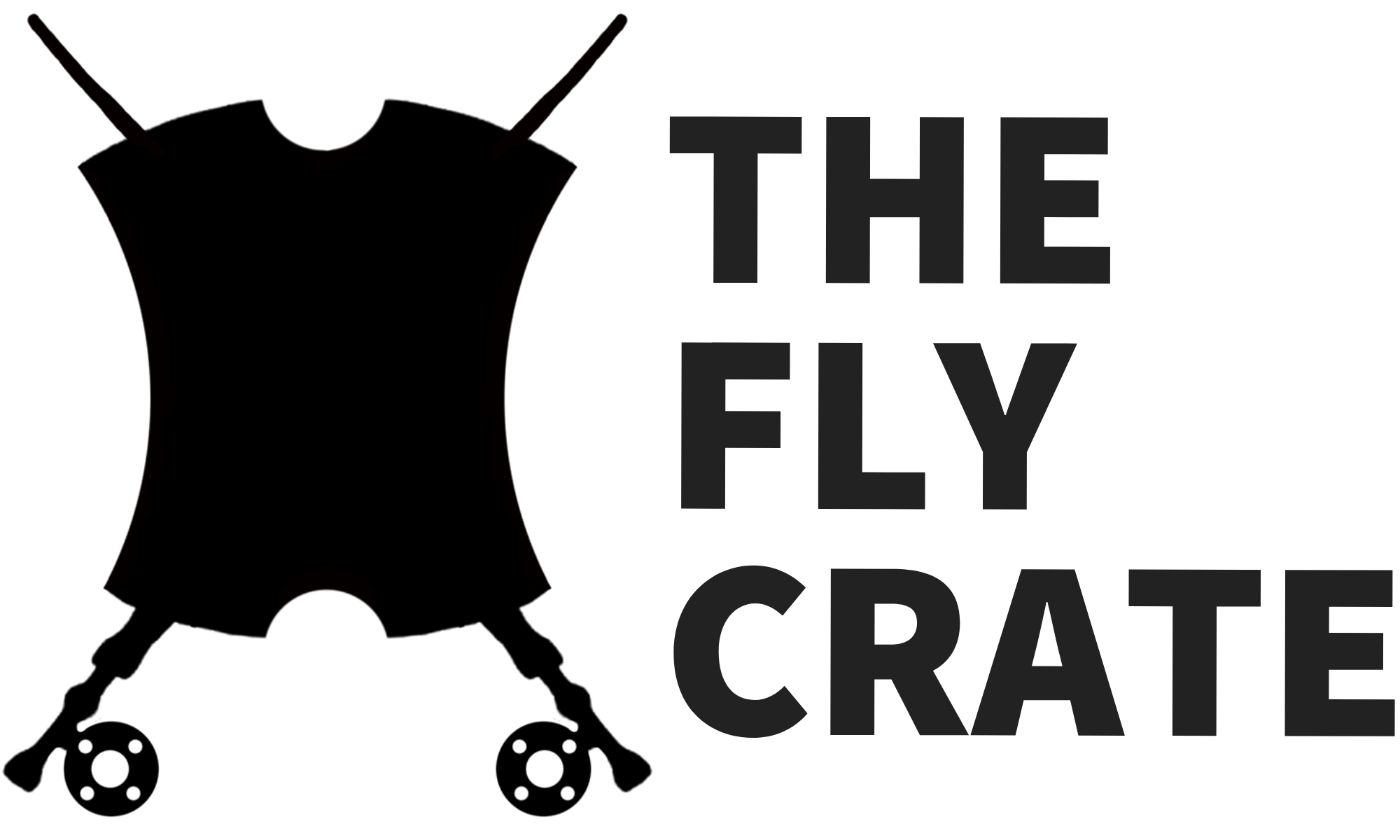Where to Find Trout In The Fall And Into The Early Winter
There are few better ways to spend a crisp fall morning than standing knee-deep in a favorite trout stream. The leaves are in their full color display, deer are moving freely as the rut picks up, and trout are actively feeding as they bulk up for the long winter ahead. It’s...







